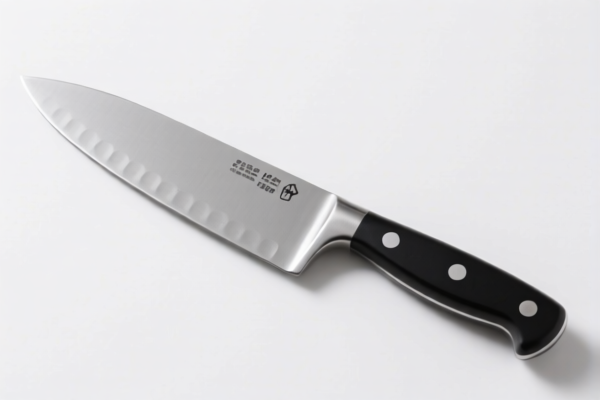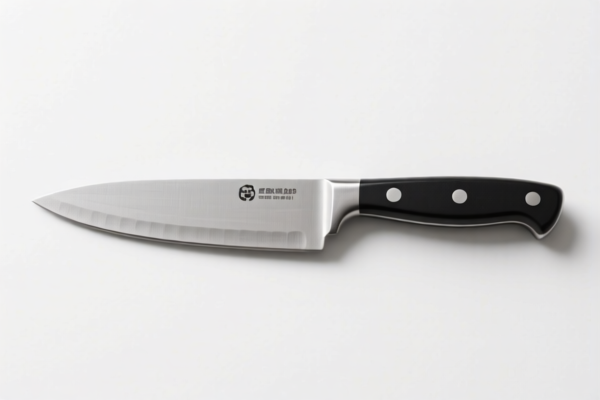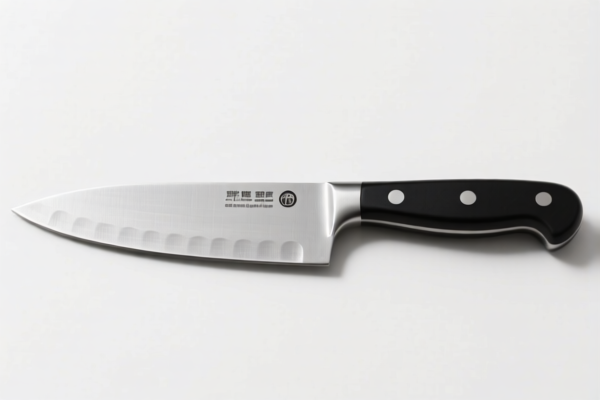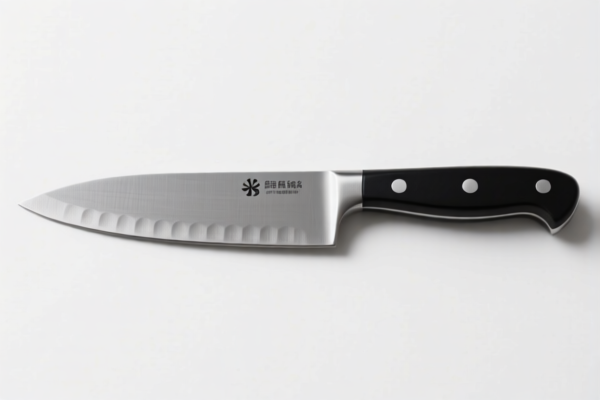| HS Code | Official Doc | Tariff Rate | Origin | Destination | Effective Date |
|---|---|---|---|---|---|
| 8208906000 | Doc | 55.0% | CN | US | 2025-05-12 |
| 8208300060 | Doc | 55.0% | CN | US | 2025-05-12 |
| 8211929030 | Doc | 0.4¢ each + 6.1%+37.5% | CN | US | 2025-05-12 |
| 8211924060 | Doc | 1¢ each + 4.6%+30.0% | CN | US | 2025-05-12 |
| 3926903500 | Doc | 44.0% | CN | US | 2025-05-12 |
| 3916905000 | Doc | 60.8% | CN | US | 2025-05-12 |
| 3916903000 | Doc | 61.5% | CN | US | 2025-05-12 |




Round Knife
A round knife is a cutting tool characterized by its circular blade, typically with a handle extending from the center. Its design facilitates both straight and curved cuts, making it versatile for various applications.
Material
Blades are commonly manufactured from:
- High-Carbon Steel: Offers excellent sharpness and durability, requiring regular maintenance to prevent rust.
- Stainless Steel: Provides corrosion resistance, though may not achieve the same sharpness as high-carbon steel.
- Tool Steel: Used in more robust applications demanding high wear resistance.
- Ceramic: Lightweight and exceptionally sharp, retaining its edge for a long time but being more brittle.
Handles are constructed from:
- Wood: Traditional and comfortable, often used in craft knives.
- Plastic: Durable and water-resistant, common in rotary cutters.
- Metal: Provides strength and stability, often seen in heavier-duty applications.
Purpose
The primary purpose of a round knife is to cut materials with precision and efficiency. It excels in applications requiring smooth, flowing cuts, particularly curves and circles.
Function
Round knives operate through a rotating or pivoting blade. The cutting action is achieved by applying pressure to the blade while moving it across the material. The circular shape allows for continuous cutting in all directions. Some designs utilize a central pivot point, while others feature a rotating blade mechanism.
Usage Scenarios
- Textile Industry: Cutting fabric patterns, trimming threads, and creating precise shapes. Rotary cutters, a type of round knife, are widely used.
- Leatherworking: Cutting leather for crafting wallets, bags, and other accessories.
- Paper Crafting: Creating intricate designs, cutting circles, and trimming paper.
- Graphic Design: Cutting mounting board, film, and other materials for artwork.
- Food Preparation: Certain specialized round knives are used for pastry work, pizza cutting, and fruit/vegetable preparation.
- Craft & Hobby: Versatile for a wide range of materials like foam, felt, and thin plastics.
Common Types
- Rotary Cutter: Features a circular blade that rotates within a handle. Popular in quilting and sewing. Blade sizes vary depending on the application.
- Olfa Rotary Cutter: A specific brand of rotary cutter known for its quality and reliability.
- Pizza Cutter: A specialized round knife designed for cutting pizzas. Typically features a large blade and a handle for easy grip.
- Craft Knife (Swivel Knife): Often used in leatherworking and carving, featuring a blade that pivots around a central point.
- Leather Round Knife: Specifically designed for cutting leather, often with a curved blade for intricate work.
- Bowl Gouge: A specialized round knife used in woodturning to create rounded shapes and hollows in wood.
Based on the provided information, “round knife” can be classified under several HS codes, depending on its specific application and material. Here's a breakdown:
- 8208.90.60.00: This HS code covers “Knives and cutting blades, for machines or for mechanical appliances, and base metal parts thereof: Other: Other (including parts)”. This is a broad category and could apply if the round knife is used in a machine or mechanical appliance. The total tax rate is 55.0%, comprised of a 0.0% base tariff, a 25.0% additional tariff, and a 30% additional tariff effective April 2, 2025.
- 8208.30.00.60: This HS code covers “Knives and cutting blades, for machines or for mechanical appliances, and base metal parts thereof: For kitchen appliances or for machines used by the food industry, and parts thereof Other (including parts)”. If the round knife is specifically designed for use in kitchen appliances or food processing machinery, this code applies. The total tax rate is also 55.0%, with the same tariff structure as 8208.90.60.00.
- 8211.92.90.30: This HS code covers “Knives with cutting blades, serrated or not (including pruning knives), other than knives of heading 8208, and blades and other base metal parts thereof: Other: Other knives having fixed blades: Other Kitchen and butcher knives”. If the round knife is a fixed-blade knife used in a kitchen or butchery setting, this code is applicable. The tax rate is 0.4¢ each + 6.1% + 37.5%.
- 8211.92.40.60: This HS code covers “Knives with cutting blades, serrated or not (including pruning knives), other than knives of heading 8208, and blades and other base metal parts thereof: Other: Other knives having fixed blades: With rubber or plastic handles: Other Other”. If the round knife is a fixed-blade knife with a rubber or plastic handle, this code applies. The tax rate is 1¢ each + 4.6% + 30.0%.
Regarding HS code 8211.92.90.30 and 8211.92.40.60, please note the specific per-piece tariffs (0.4¢ and 1¢ respectively) in addition to the percentage-based tariffs.
Customer Reviews
No reviews yet.